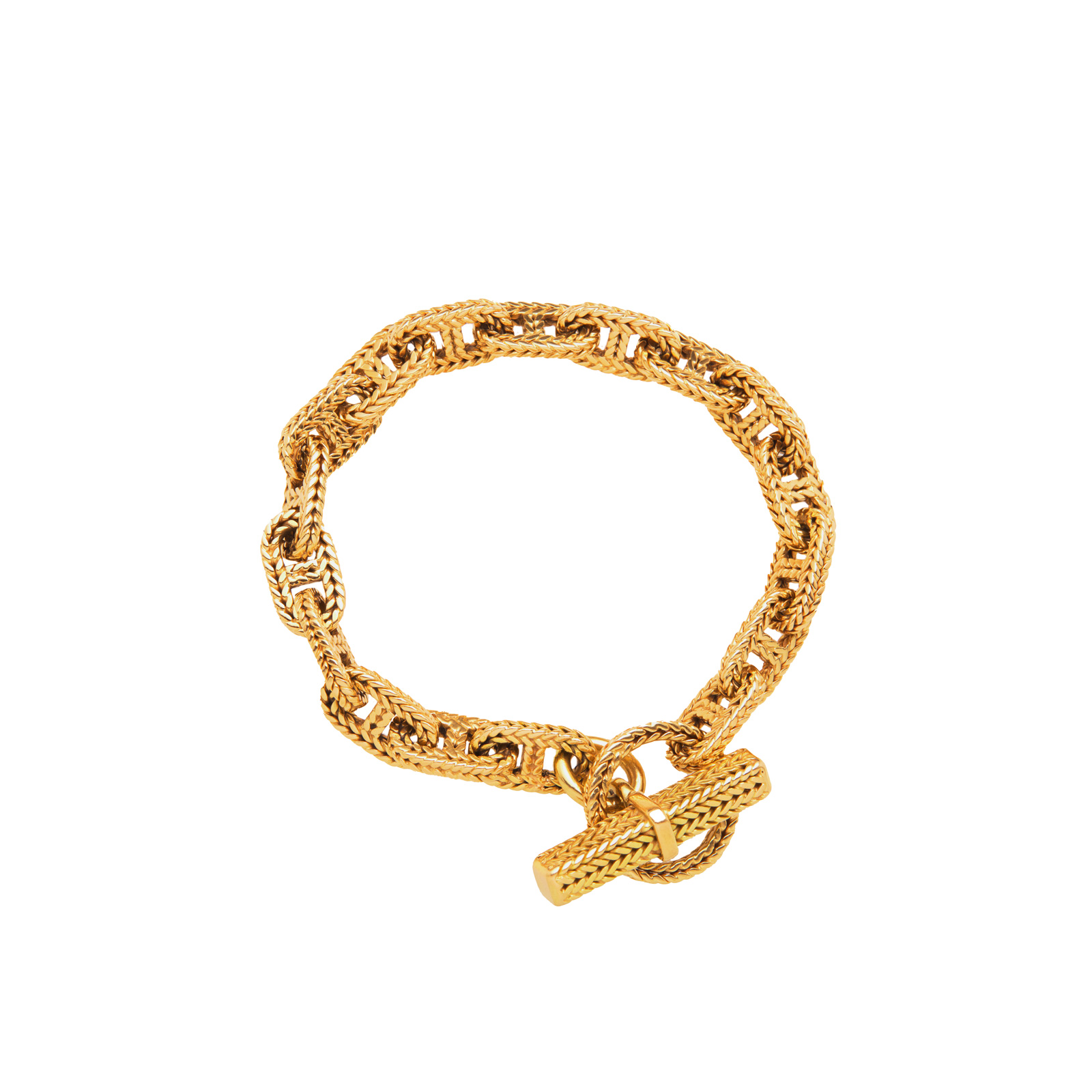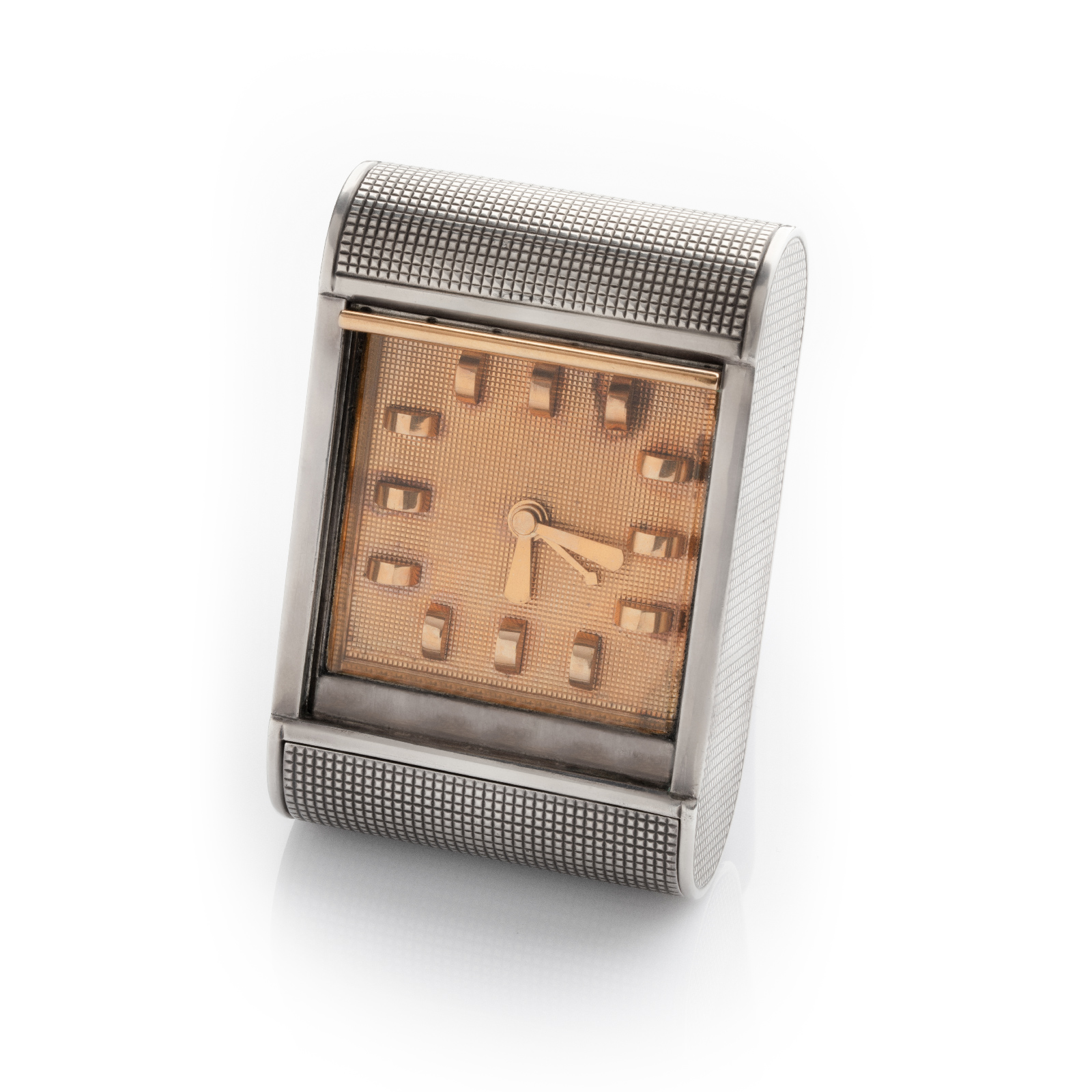The Hermès story begins with the originator and founder, Thierry Hermès. It was in 1828 that the family moved from Germany to France. In 1837, Hermès established his famous maison in Paris. Out of this shop, Hermès served to create the highest quality harnesses and bridles for his private clientele.
In 1878 his grandsons, Adolphe and Émile-Maurice Hermès took over the responsibility. In 1880, Hermès moved to the now iconic flagship location at 24 Rue Faubourg Saint-Honoré. It is at this location they began to sell all their products in a retail setting to the public for the first time. The clientele of the house expanded rapidly, and Hermès began to cater to the needs and desires of the global elite.
In the early 1900s, Émile-Maurice visited the United States. In Canada he was introduced to a fresh new tool, the zipper. In the late 1910s, Hermès Frères designed the first clothing and handbags with the zipper included.
The 1920s and 1930s proved to be a time of incredible expansion for the company. In 1922, Hermès launched their first ever publicly marketed line of handbags for women, and in 1924 Hermès established their first ever international presence in the United States. In the 1930’s they expanded into the world of fine timepieces. To round out the decade, in 1939 Hermès brought the now iconic Chaîne d’Ancre bracelet into the fray. Growth continued through the 1940s.
Hermès continued to have commercial success through the 1950s, 1960s and 1970s. After 1978, spanning throughout the 1980s and 1990s, Jean-Louis Dumas expanded Hermès’s global business. After his retirement, he handed the company in January of 2006 over to a close companion Patrick Thomas as CEO and his son Pierre-Alexis Dumas for the artistic vision. In 2010, Hermès launched the “Petit h” line of products with recycling and sustainability at its heart that was spearheaded by Pascale Mussard, the great-great-great-granddaughter of Thierry Hermès.



